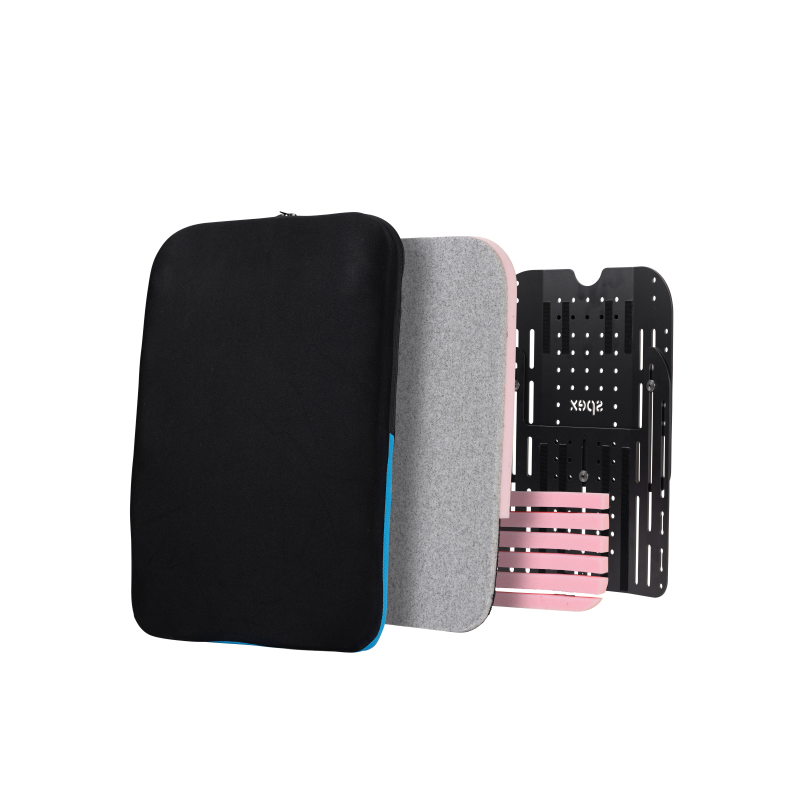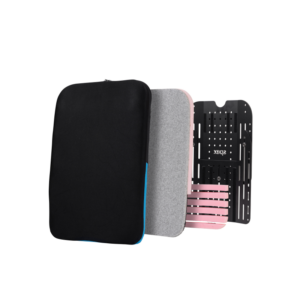[Image]
In August, Medifab held four Academy events across New Zealand for therapists and health professionals to attend. These events were a huge success, with renowned international speakers, Joana Santiago of Medifab, and Amy Bjornson of Sunrise Medical.
At each academy a draw was held for a copy of Jean Minkel’s Clinical Resource Guide ‘Seating & Wheeled Mobility’. But these books were extra special, being personally signed by Jean!
Ester Lewis, Occupational Therapist, the winner at the Auckland Academy, shared a few things she considers to be most useful in the book.
[Image]
“The book is remarkably up to date covering even different switching options for powerchairs, power add on options as well as a comprehensive teaching on everything to do with seating. It includes a chapter on seating bariatric body shapes. I have not had to seat a person who has all the issues this chapter covers but because it less common it is great to see teaching on how best to measure and accommodate large bellies and thighs. A really fabulous resource. I mostly see people who have spinal injuries so it is great to have resource to refer to when I have to provide a functional seating system for a person with stroke, cerebral palsy, brain injury, other neurological issues.”
Mary Irvine, Community Occupational Therapist, the winner of Jean’s book at the Wellington Academy, also shared her thoughts with us on her prize.
[Image]
“The tips I think that are useful relate to Bariatric Clients. Chapter 19, “Considerations when Working With the Bariatric Population”, by Stephanie Tanguay, OTL, ATP, is an excellent article. Stephanie suggests that measurements of the bariatric client should be taken with a rigid measurement device such as a metal tape measure, sturdy yardstick, carpenter’s ruler or pair of sliding callipers. She says that callipers can make measurements easier and reduce errors. She also suggests that it may require two or three people to accurately and safely measure the bariatric client. Another useful tip is “Posterior pelvic tissue will contact an enclosed back support before the client’s posterior torso reaches stability. Accommodate the pelvic tissue by mounting the back support above the posterior distribution”. In my own practice I have often wondered if a calliper-like device would be useful so it is helpful to know that such a device is available and recommended. I have used the seating suggestion mentioned with great success using advice from Enable’s Wheelchair and Seating Outreach Clinic. There are many photos detailing this and other strategies in this chapter, so I have found it a very helpful article.”
In Hamilton, Sherilyn Rameka, Occupational Therapist, and in Christchurch Kelly Robinson, Physiotherapist – were also very excited to win the books for these Academy venues!
[Images]
You can secure your own copy of this great resource from Amazon or various book stores.



